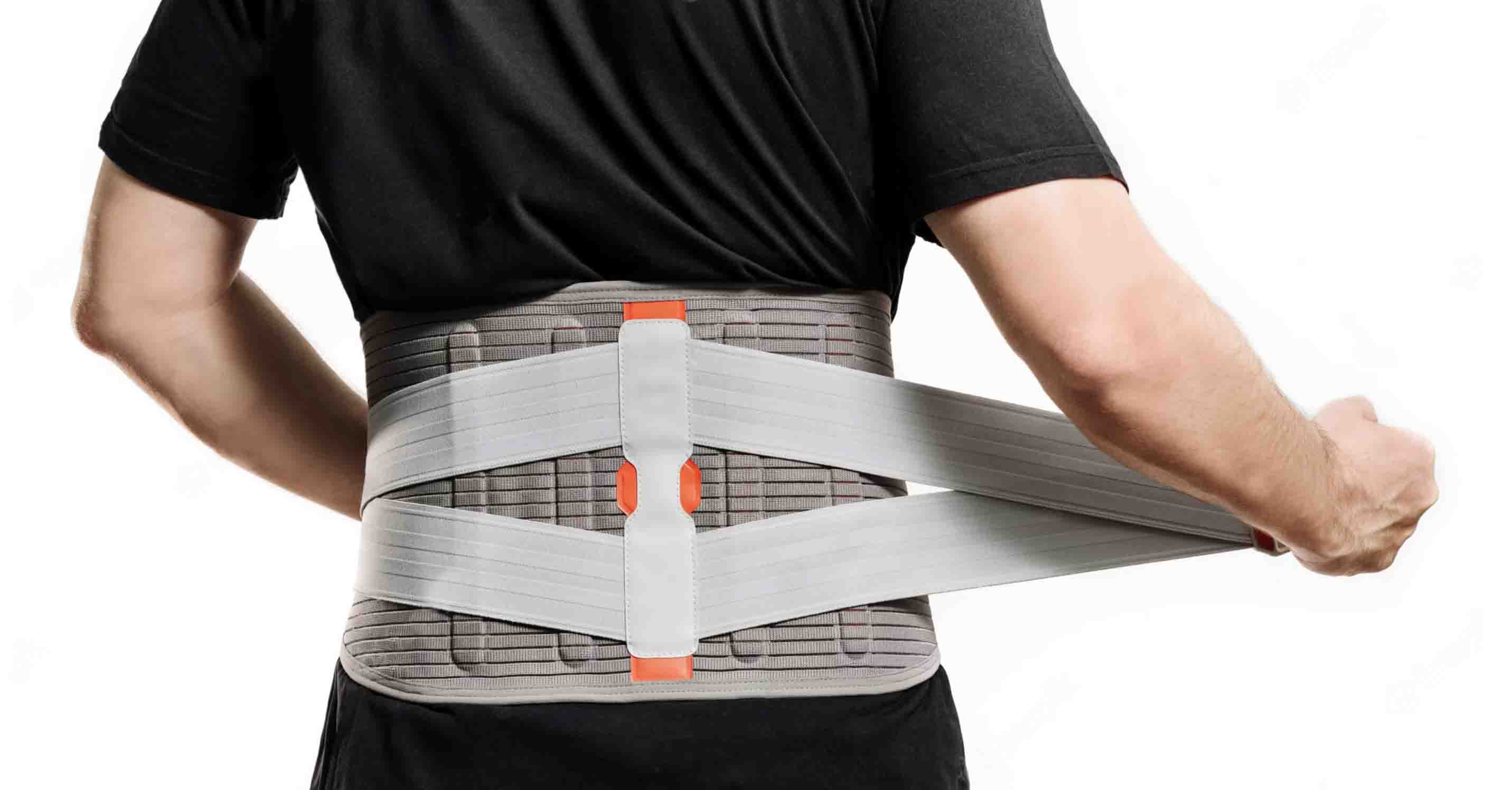 Sale Ends 01 Dec, 20-50% OFF + Free Shipping
Sale Ends 01 Dec, 20-50% OFF + Free Shipping Sale Ends 01 Dec, 20-50% OFF + Free Shipping
Sale Ends 01 Dec, 20-50% OFF + Free Shipping
When embarking on any gardening venture, you should prioritize your well-being, especially when it comes to the heavy labor that can strain your back. A crucial tool that can help alleviate this problem is a back support belt.
To fully grasp how a back belt benefits you, it’s important to understand the impact of gardening activities on your back. Tilling the soil, planting, weeding, and pruning all involve a good deal of physical effort. These tasks often require bending, lifting, twisting, and kneeling, which can result in severe strain on your back muscles.
Complications may arise when this strain becomes too intense. A common affliction among gardeners, for instance, is a condition called Lumbar Strain that affects the muscles and ligaments in the lumbar region. Another prevalent issue is the Herniated Disc. This problem occurs when the soft center of a spinal disc pushes through the tough exterior casing, leading to discomfort or even intense pain. Awareness of these issues is key to taking the necessary steps to prevent such injuries and ensure a pain-free experience.
When you garden, you might not notice that you are hunching over or lifting heavy items incorrectly. These are the kinds of activities that can hurt your back. The principle behind lumbar support is to reduce the stress on your spine. It offers physical support to your mid and lower back regions, the parts mostly in distress during gardening work. Wrapping around your waist and providing gentle pressure, reduces the chance of you bending your back in an unhealthy way.

Selecting the optimal brace for your gardening requirements entails a careful evaluation of various factors:
In my vast experience with gardening, there was always the lingering problem of back strain. Constant bent-over positions in the activity would result in aching, discomfort, and even throbbing pain on occasion. The solution introduced itself in the form of the Nygex Back Support Belt. The snug, secure fit around my waist aimed to lessen the blow of constant leaning down and lifting.
It played a crucial role in alleviating tension in my lower spine. Tasks like potting plants or pulling at stubborn weeds no longer became instances of agony. Instead, they morphed into pleasurable sessions of solo or shared time amidst flowers and vegetables. The effects of this protecting gear were nothing short of miraculous, easing away the ache and adding durability to my gardening hours.
And the brace wasn’t only about comfort. It was also instrumental in enhancing my posture. I found myself standing straighter, bending more efficiently. The positive changes were noted by others around me too, commenting on my more upright stature. This gear won the war against my slouched back and instilled correct posture habits. Summed up, this lower back support belt essentially revolutionized my gardening process, gifting me with a healthier, more sustainable hobby.
A back brace helps stabilize your spine, reduce pressure on the discs, and support your core muscles, effectively protecting your back from potential injuries and reducing the likelihood of developing back pain.
Yes, a well-fitted and breathable support can be worn comfortably. It should be adjustable to suit your body shape and offer the necessary support without causing any discomfort or hindering your movements.
No, back support can be beneficial for both individuals who already experience pain and those who want to prevent it. By providing extra support to your lower back, a brace helps protect your back from potential injuries while gardening, regardless of whether you have experienced back pain before or not.
Wearing a back brace all day may provide short-term pain relief and support; however, prolonged use can lead to muscle atrophy (muscle weakening) by making the muscles reliant on the brace.